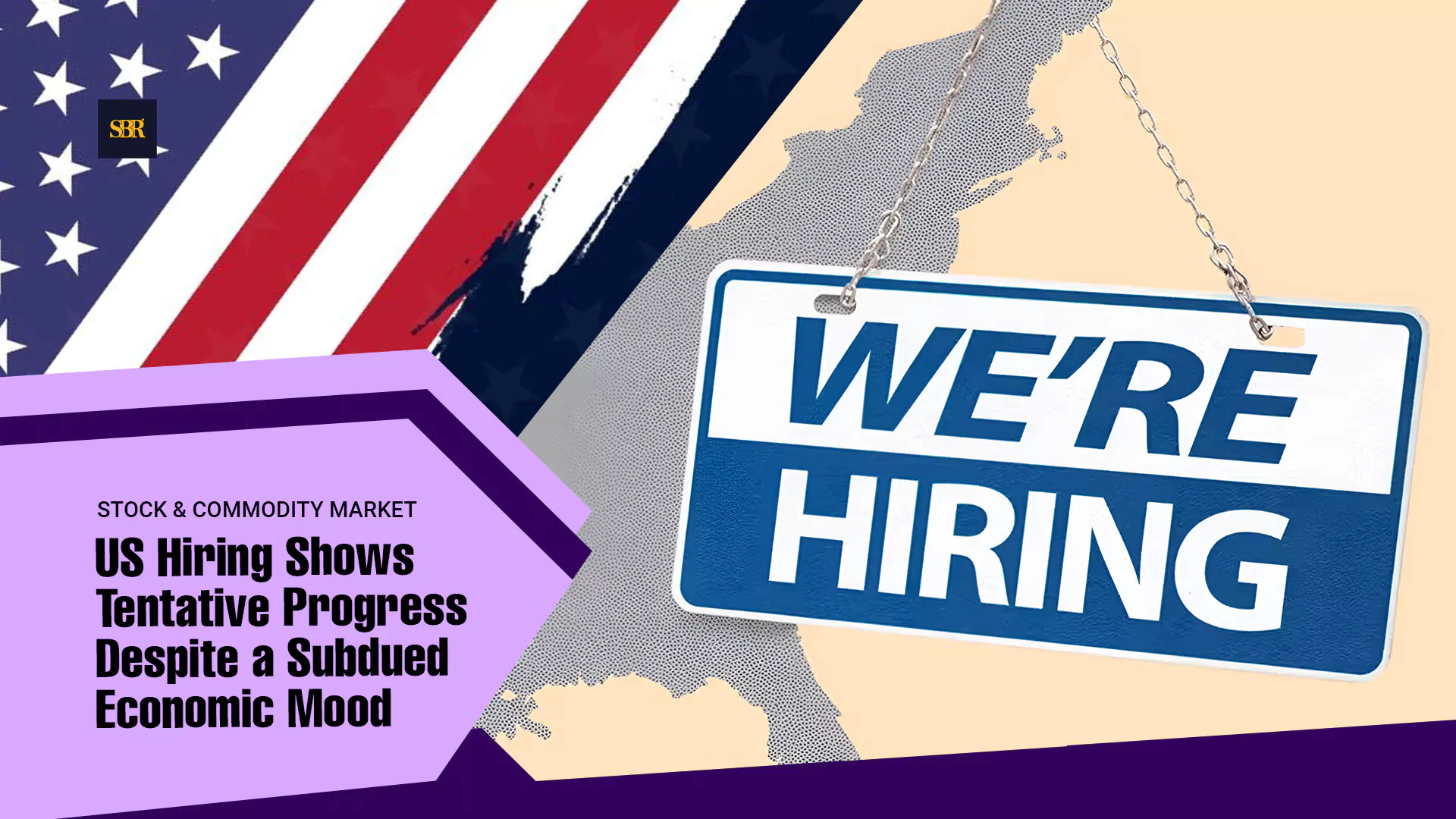US Hiring Shows Tentative Progress Despite a Subdued Economic Mood
September employment numbers reflect steady job growth even as broader economic trends suggest caution.

(Photo: SBR)
WASHINGTON, Nov. 20, 2025 – The September jobs report offered a modest lift for markets, showing that employers added around 119,000 positions, reversing a small loss of 4,000 jobs in August. The unemployment rate inched up to 4.4 percent. On paper the numbers suggest steady hiring, yet economists warn that the data is already outdated.
Daniel Zhao, chief economist at Glassdoor, said, “September feels like it was eons ago at this point. We will take any data we can get, and old news is still better than no news.” His comments underline a wider concern: the report does little to capture the current state of the labour market, leaving policymakers and analysts with only a partial view.
What Lies Beneath the Numbers
The broader US economy appears stable at first glance, but closer inspection shows emerging stress points. Hiring is slowing, consumers are pulling back, debt levels are rising, and inflation is ticking up again. Economists caution that these trends suggest the headline employment figures may mask vulnerabilities that could become more visible in coming months.
While service industries continue adding positions steadily, manufacturing and construction growth is weaker. Analysts emphasize that a full understanding of the labour market requires looking beyond the headline numbers, especially in a period when the usual flow of economic data has been interrupted.
Why Missing Data Matters
A 43-day government shutdown disrupted critical data collection across multiple federal agencies. The October jobs report was cancelled, marking the first time the unemployment rate will be missing since the survey began in 1948. Other reports, including GDP and inflation measurements, were delayed or postponed, creating gaps in information.
Data Gaps: Federal workers were unable to collect real-time prices for inflation tracking or gather GDP-related data. Agencies including the BLS, Census Bureau, and Treasury Department faced stoppages, affecting the statistical system used to assess economic trends accurately.
Impact on Analysis: Economists say these disruptions make forecasting more difficult. Jed Kolko, senior fellow at the Peterson Institute and former Commerce Department economist, said, “The statistics supply chain is more complicated than most people realize, and delays in some of the more behind-the-scenes data can derail very visible, closely tracked data. There is a lot of data that depends on government workers collecting information, and if that doesn’t happen on time, it’s hard to gather retroactively.”
Although private-sector firms such as Indeed and ADP provide snapshots of hiring and wages, analysts note that nothing matches the depth and credibility of official government reports. Kolko added, “The BLS jobs report is still the definitive number against which those private-sector measures are judged. We need the jobs report to see the full picture, and that’s especially important right now, when different data is pointing in different directions.”
Should the Cautious Mood Worry Us?
Even though September hiring numbers are positive, economists warn that uncertainty is high. The outdated data leaves policymakers partially in the dark, making it harder to anticipate turning points in the economy. Heidi Shierholz, president of the Economic Policy Institute, said, “That means policymakers, including the Federal Reserve, will be flying partially blind for several more weeks — very bad timing because the economy is so uncertain right now.”
The combination of slower hiring in some sectors, rising inflation, and missing data paints a picture of a labour market that is resilient but not immune to stress. Analysts emphasize that headline employment gains do not remove lingering concerns about spending patterns, borrowing costs, and overall economic momentum.
September shows the labour market continuing to move forward, but the subdued economic mood reminds everyone that progress is tentative. Businesses are still hiring, households continue to spend, and unemployment remains near historical lows. Yet the gaps left by the shutdown underscore the risks of relying solely on dated information. Economists and policymakers alike must watch carefully for trends that may not yet be visible.
September feels like it was eons ago at this point. We will take any data we can get, and old news is still better than no news.
Inputs from Diana Chou
Editing by David Ryder






